Picture this: as you drift off into dreamland, a hidden world stirs to life beneath your sheets. It’s a realm invisible to the naked eye, teeming with microscopic creatures that thrive right where you lay your head each night. The truth is both astonishing and a little unsettling—your mattress is home to countless dust mites, tiny beings that consider your shed skin their nightly banquet. But before you recoil in horror, know that this is one of nature’s quietest partnerships, and it’s been going on for as long as humans have needed a place to sleep.
Meet the Mattress Mites: An Invisible Army
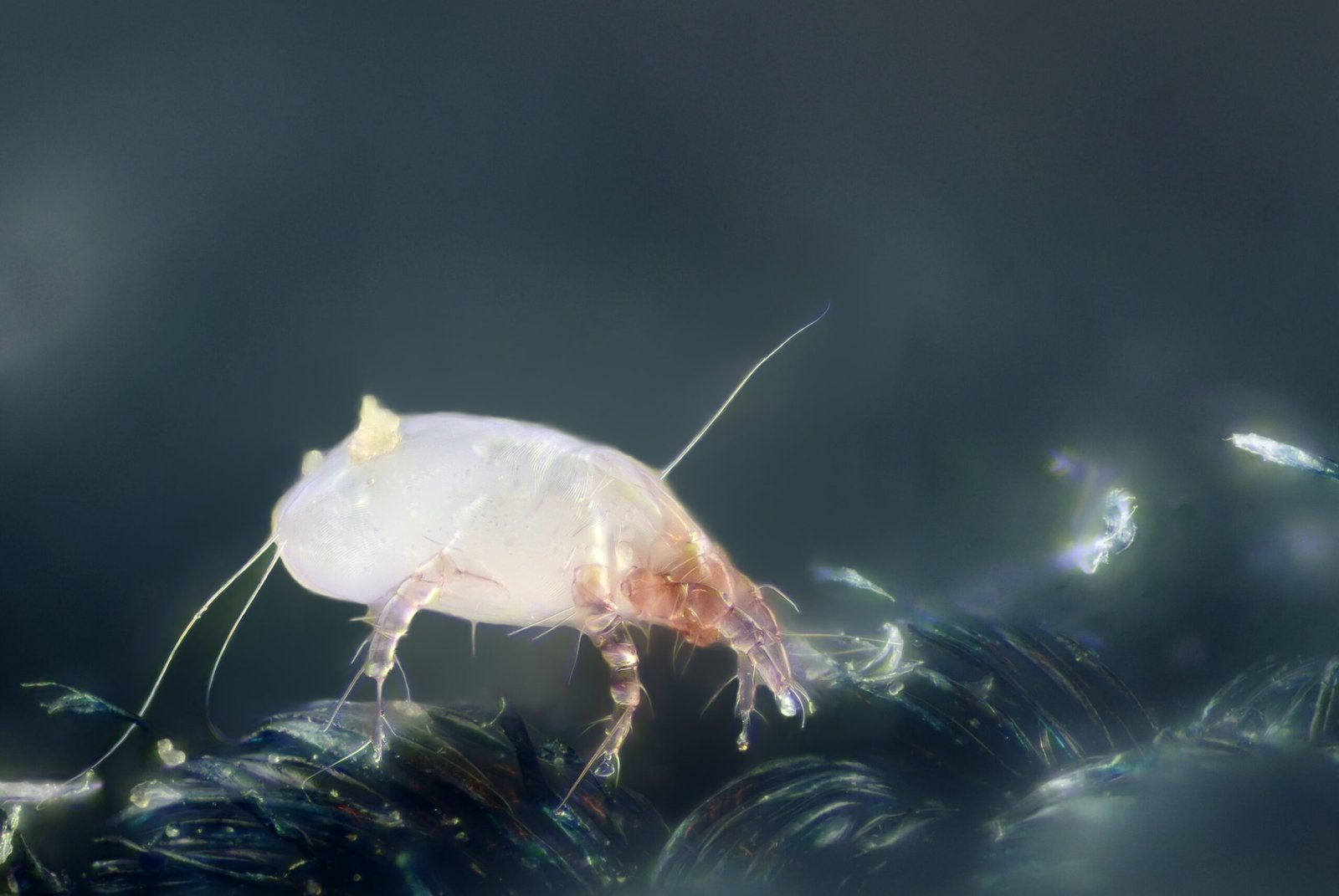
Dust mites are minuscule arachnids, measuring less than half a millimeter in length—so small you could fit hundreds on a single fingernail. Though you can’t see them, their presence is undeniable. These mites have soft, translucent bodies and eight tiny legs, making them distant cousins of spiders. They don’t bite or sting, but they are perfectly adapted to the cozy, warm ecosystem that your mattress provides. Their numbers can reach into the millions in a single bed, creating a bustling microcosm beneath your covers.
What Attracts Mites to Your Mattress?
It’s not the mattress itself that draws these creatures in, but rather what you leave behind. Every night, humans shed around one to two grams of dead skin—enough to feed an entire colony of mites. Mattresses, with their warmth, darkness, and humidity, become the ideal environment for these tiny scavengers. They thrive best where people spend the most time, which is why bedrooms are their preferred habitat. Pillows, blankets, and even carpets can harbor these microscopic guests.
Feasting on Your Shed Skin: A Mite’s Favorite Meal
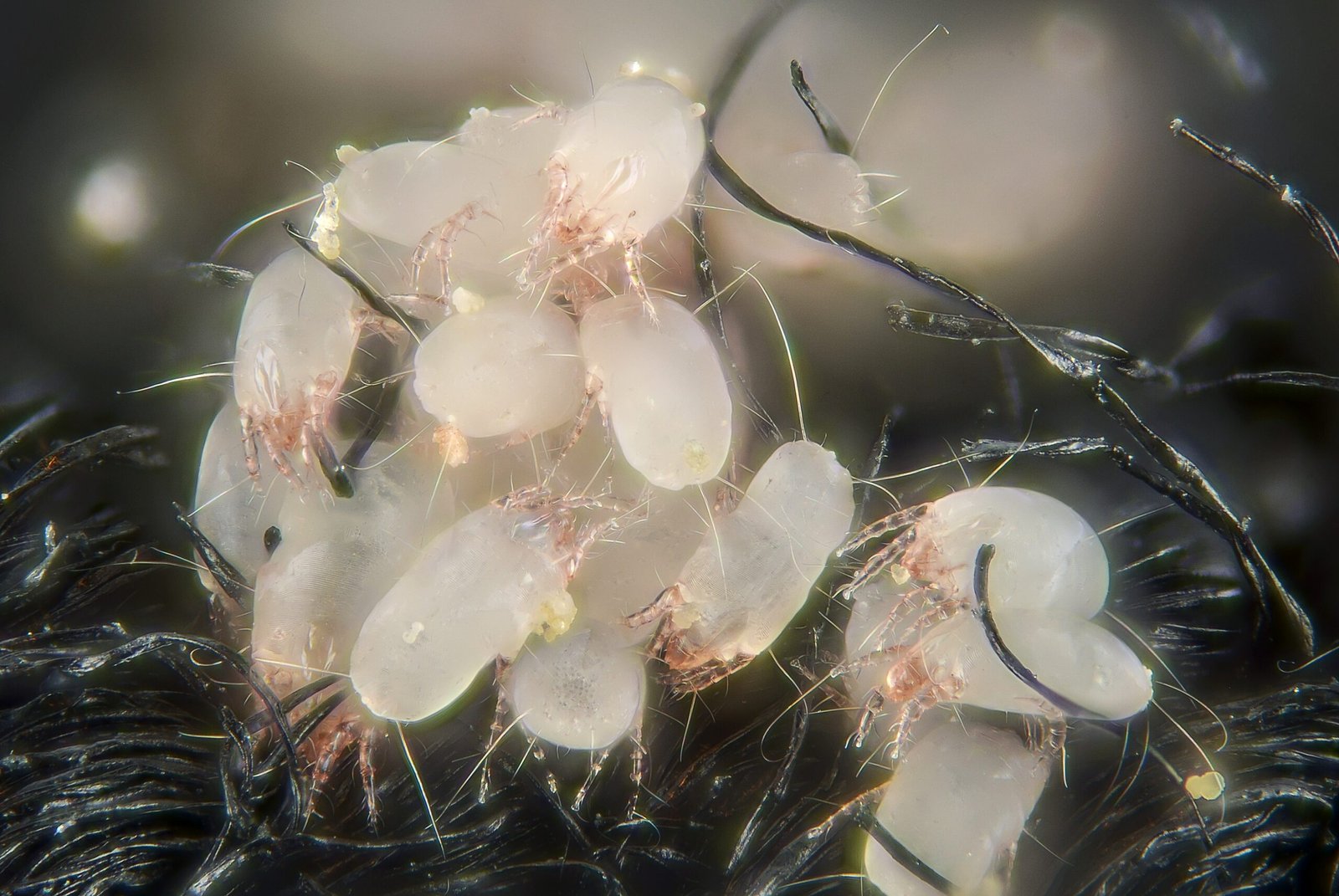
Unlike pests that require live hosts, dust mites have a remarkably simple diet: they eat the flakes of skin that naturally fall off as you sleep. These flakes collect in the fibers of your mattress, creating a never-ending buffet for mites. Their mouths are designed to break down tough, keratin-rich skin cells, and their digestive systems are so efficient that they can survive solely on this food source. This process may sound unsettling, but it’s an essential part of the natural cycle that helps break down organic material in our homes.
The Life Cycle of a Mattress Mite
The life of a dust mite is surprisingly complex for such a tiny creature. Each begins as an egg, hatching into a six-legged larva before growing into an eight-legged nymph and then an adult. A single mite can live for up to two months, laying dozens of eggs in its lifetime. With favorable conditions—high humidity and warmth—populations can explode rapidly. This means that, left unchecked, the number of mites in your mattress can increase dramatically in just a few weeks.
How Mites Impact Your Health
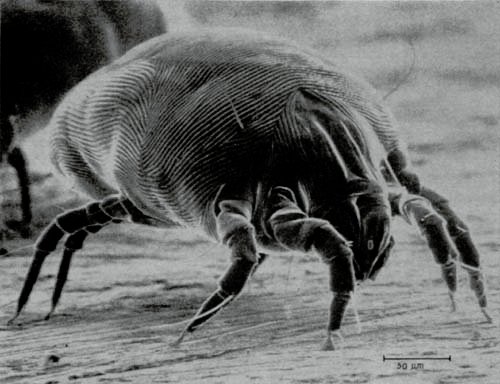
While dust mites themselves don’t bite or transmit diseases, their presence can have a major impact on human health. The real culprits are their droppings and body fragments, which become airborne and can be inhaled. For allergy sufferers, this can trigger sneezing, runny noses, itchy eyes, and even asthma attacks. Studies have found that mite allergens are one of the most common triggers for year-round allergies in homes. For some, this invisible menace is the cause behind sleepless nights and morning sniffles.
Why You Can’t Completely Get Rid of Mites
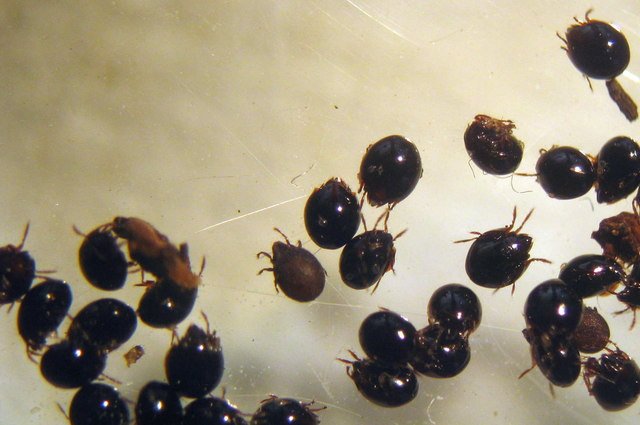
No matter how often you clean, it’s virtually impossible to eliminate all dust mites from your home. They are incredibly resilient and can hide deep within the fibers of mattresses, pillows, and carpets. Even the cleanest homes harbor thousands of these creatures. Regular washing and vacuuming can reduce their numbers, but a small population will always remain. This is simply a fact of life that comes with sharing our living spaces with the natural world.
Signs That Mites Are Lurking in Your Mattress
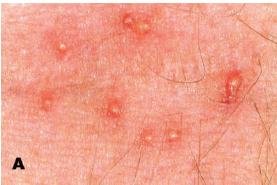
You won’t see dust mites crawling around, but their effects can be felt. If you wake up with nasal congestion, itchy eyes, or a scratchy throat, especially during certain times of the year, mites might be to blame. Frequent sneezing at night or in the morning is another clue. People with asthma or eczema may notice flare-ups that coincide with time spent in bed. Even if you don’t have allergies, knowing that mites are present can be an uncomfortable thought.
Mattress Materials and Mite Populations
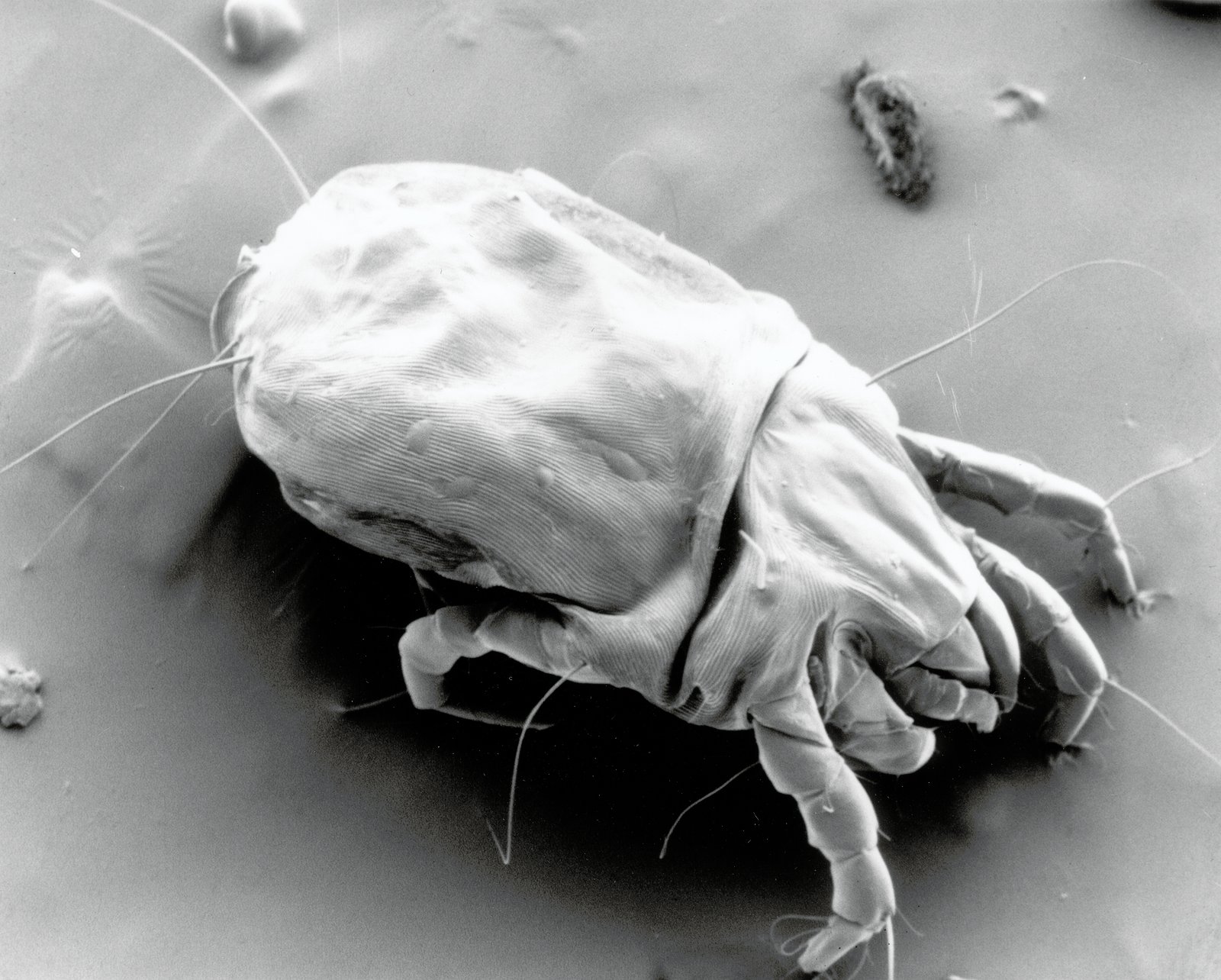
The type of mattress you choose can influence how many mites take up residence. Mattresses made from dense memory foam or latex are less hospitable to mites than traditional spring mattresses, which have more nooks and crannies for skin flakes and mites to accumulate. Some modern mattresses are treated with anti-microbial fabrics or encased in covers that create a barrier, reducing allergen exposure. However, no mattress is completely mite-proof, so ongoing maintenance is still essential.
Simple Steps to Keep Mite Numbers Down
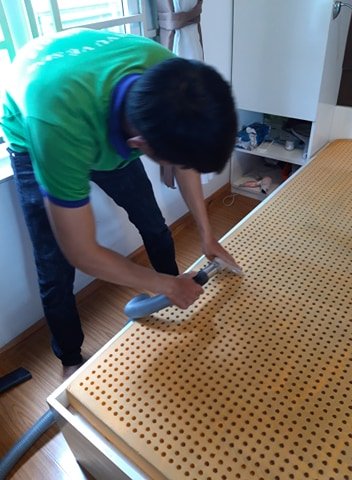
There are practical ways to manage dust mite populations and minimize their impact. Washing bedding in hot water once a week can kill mites and remove allergens. Using allergen-proof mattress and pillow covers creates a barrier between you and the mites. Reducing humidity in your bedroom, using a dehumidifier, and vacuuming carpets and upholstery with HEPA filters can also help. For those with severe allergies, removing carpets or heavy drapes may make a noticeable difference.
The Hidden Role of Mites in Nature’s Cleanup Crew
While it’s easy to think of mites as unwelcome intruders, they actually serve an important role in the ecosystem of your home. By consuming dead skin cells, they help break down organic matter that would otherwise accumulate. In a way, they are like microscopic janitors, quietly tidying up while you sleep. Their presence is a reminder that the world is full of unseen partnerships between humans and the tiniest forms of life, working together in ways we rarely notice.
Living with Mites: Acceptance and Awareness
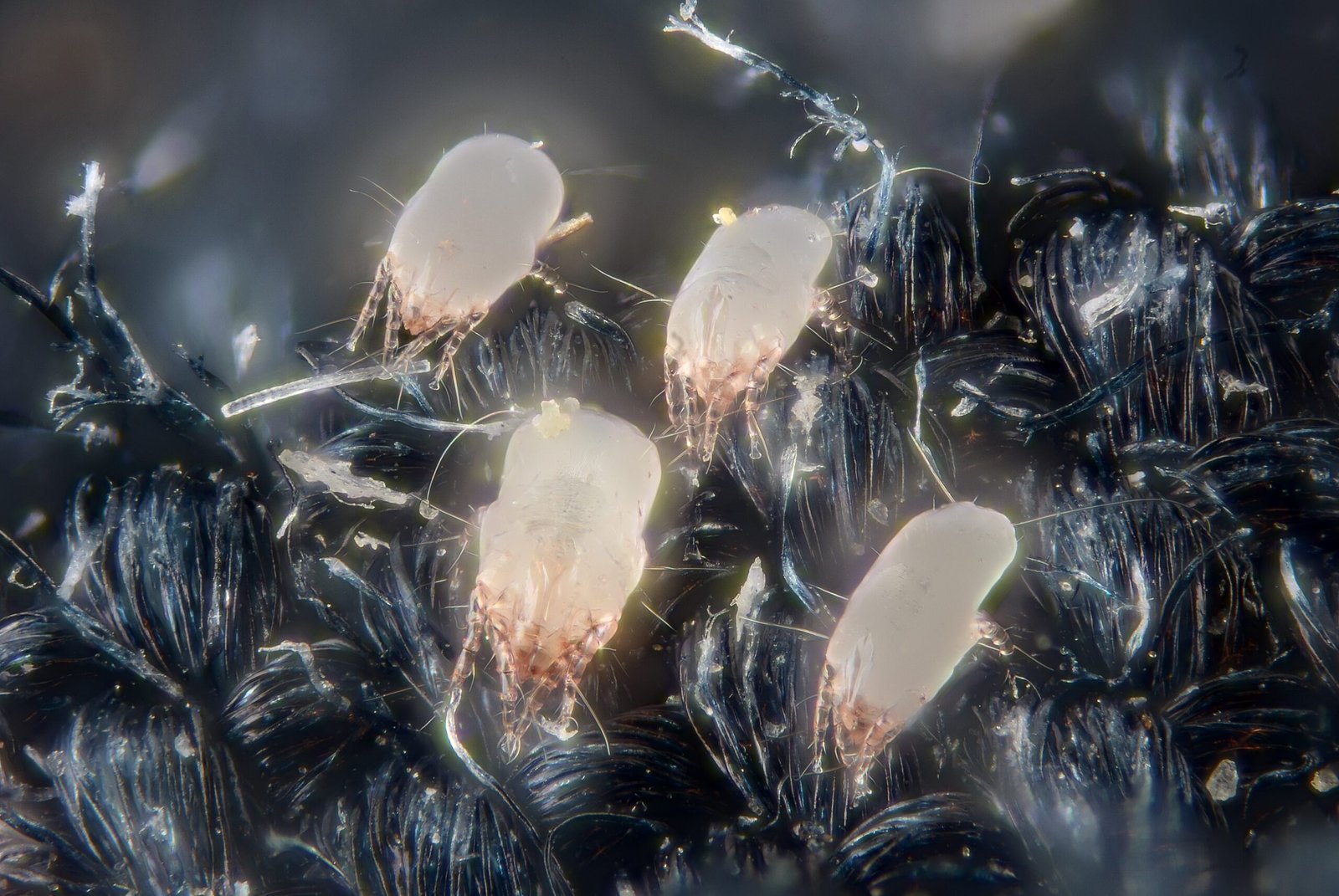
It’s natural to feel uneasy knowing that you share your bed with millions of microscopic roommates. Yet, dust mites are a part of everyday life, and for most people, their presence goes unnoticed. Accepting their place in the world can help reduce anxiety and promote practical approaches to managing their numbers. By understanding the science behind dust mites, you can take simple steps to minimize their effects and sleep a little easier at night.
The next time you settle into bed, remember the secret world beneath your sheets—and the surprising role these tiny creatures play in your daily life. Are you surprised by the invisible life buzzing just under your nose?




